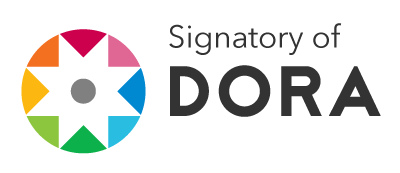LAS TEMPERATURAS EN EL CAMPO DE CARTAGENA (1940-1981)
Resumen
En el estudio de las temperaturas del Campo de Cartagena hemos analizado no sólo las medias anuales, sino también la distribución mensual de las medias, las máximas y las mínimas absolutas, así como las oscilaciones térmicas, las heladas, los contrastes térmicos, los factores que intervienen en los mismos, etc. Del análisis se desprende una tendencia hacia la continentalización de las temperaturas del interior, mientras que en la costa se suavizan las mismas por la acción termoreguladora del Mediterráneo y por la diferencia de capacidad calórica de tierras y mares. La estadística revela la existencia de períodos cálidos y fríos (el ascenso y descenso de las temperaturas tiene un paralelismo con las manchas solares), las noches cálidas oscilan entre 20 y 50, y los días cálidos entre 120 y 150. Al área del Campo de Cartagena apenas le afectan las olas de frío; la media de las heladas es de 2,025 por año en el período de estudio, por lo tanto, las necesidades de calefacción globalmente son pequeñas; en cambio, las invasiones de aire tropical continental, procedente del Sahara, provoca autknticas olas de calor entre mayo y octubre. Destaca el bienestar climático del área, que oscila en tomo a cinco meses.Descargas
-
Resumen137
-
PDF101
Las obras que se publican en esta revista están sujetas a los siguientes términos:
1. El Servicio de Publicaciones de la Universidad de Murcia (la editorial) conserva los derechos patrimoniales (copyright) de las obras publicadas, y favorece y permite la reutilización de las mismas bajo la licencia de uso indicada en el punto 2.
2. Las obras se publican en la edición electrónica de la revista bajo una licencia Creative Commons Reconocimiento-NoComercial 4.0 (texto legal). Se pueden copiar, usar, difundir, transmitir y exponer públicamente, siempre que: i) se cite la autoría y la fuente original de su publicación (revista, editorial y URL de la obra); ii) no se usen para fines comerciales; iii) se mencione la existencia y especificaciones de esta licencia de uso.
3. Condiciones de auto-archivo. Se permite y se anima a los autores a difundir electrónicamente las versiones pre-print (versión antes de ser evaluada) y/o post-print (versión evaluada y aceptada para su publicación) de sus obras antes de su publicación, ya que favorece su circulación y difusión más temprana y con ello un posible aumento en su citación y alcance entre la comunidad académica. Color RoMEO: verde.







